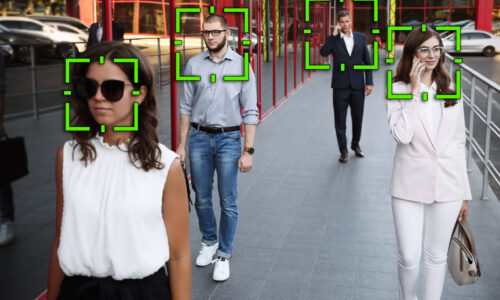Every new technology has its share of naysayers. Trepidation over trying something new is a normal reaction, but it’s often based upon misinformation or unfounded beliefs.
Biometric identity solutions are hardly new, but as they’ve become more commonplace in commercial-grade applications, public concerns persist regarding the technology’s suitability for mainstream use. Although most of us don’t think twice about using our thumbprint, iris, or face to unlock our smartphone, that comfort level doesn’t always translate to other ways in which the technology is now being deployed.
Separating fact from fiction is a necessary step in winning over the public’s trust. Here, we’ll set the record straight over five of the most common concerns.
(This blog post is part of a series on the most common misconceptions about biometrics).
Concern #5: Iris scanning is invasive and a health hazard.
Fact: It is neither. An iris scan, unlike a retina scan, can be done from a distance and does not require a beam of light to be directed inside the eye.
Enrolling one’s iris within a biometric identity platform is no different than getting one’s picture taken, with safe, low-level infrared (IR) light providing the necessary illumination. The process takes only a second or two, and special cameras can read each iris as subjects glance casually in the right direction from several inches away. There’s no need to remove glasses. Once enrolled, some higher-end systems can even read irises on-the-go, as people move through a lane or corridor with biometric cameras installed at eye level.
* * *
Gaining public acceptance of new technology takes time. It’s not that long ago that most people would prefer to wait in line at the bank rather than trust an ATM, or resisted putting a microwave oven in their kitchen over fears that it emitted dangerous radiation. However, when technology provides a superior solution, combined with greater convenience and an affordable price, fears ultimately give way to facts, leading to widespread adoption. Given that recipe, we’ll all be engaging with, and benefitting from, biometric identity solutions more frequently in years to come.




